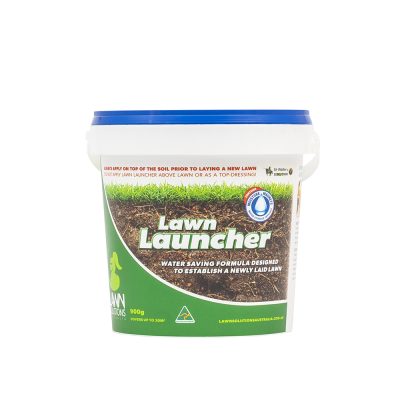Get the most out of your product
When it comes to gardening products, it’s easy to assume they are all the same, just with a different label. But if you look a little deeper, there can be loads of information nuggets hidden in the label that will make sure you’re getting the best out of your product and the best bang for your buck.
Save money!
It goes without saying that if you have dished out your hard-earned cash, that you want to ensure the product will provide the function that you intend to use it for. Quite often we see people applying products willy-nilly in desperation to resolve an issue, when the solution was one that didn’t require the purchase of a product at all. Lawn Solutions Australia doesn’t actively encourage the application of products like herbicides or pesticides unless necessary.
If you don’t read the whole label, you might also miss some important information relating to use in your garden beds or with some types of plants – This could save you the heartache of accidentally destroying all of your hard work!
Common label categories
Safety and First Aid
This area of the label is one of the most important and relates to how to personal protective equipment required for use and what to do if the product is ingested or splashed in the eye for example. It’s unlikely you’ll need to act on this, however if you’re aware of what needs to be done, you’ll be much quicker to react if an adverse situation does arise.
Precautions for Use
This information can sometimes determine whether you proceed with the use of the product or wait until a more suitable time for application. There may be environmental factors to consider, or precautions that relate to the use around pets and other living organisms.
Understanding the information in this part of the label could also separate a good job from a poor one. If this part of the ColourGuard label went unread for example, a user might apply the product when their lawn is wet and end up with poor results.
Directions
Safety aside, which is obviously of critical importance, are the directions for use. Following the steps provided on the label closely will ensure you don’t miss an important part of the process. This information should also tell you what to do before, during and after applying the product, which can all affect how the product performs.
Application Rates
It’s important to avoid over applying products, for several reasons. These rates are particularly important for fertilisers and herbicides. Applying ‘off-label’ rates, that is, the over application of these products, can be harmful to your lawn and the environment. It’s a wasted effort as well because the products perform their best when they’re applied at the specified rate.
Take fertiliser as an example. Some turf varieties require less fertiliser than others. You will prevent wasting product (and money) if you make sure that you are sticking to the application rate recommended. Sir Grange Zoysia and TifTuf Hybrid Bermuda only require 1/3 of the amount of fertiliser compared to other common varieties. A bucket of fertiliser on these lawns will go a lot further.
There are regulations in place that prescribe the maximum dose of chemical application allowed. This is considered when a manufacturer lists rates of application.
Clean-up
Knowing how to go about cleaning after you’ve used a product can also make a big difference to the result. This may also include advice on what to use and do in the case of an accidental spill.
Storage and Disposal
Some products need to be kept cool and out of direct sunlight; many need to be kept out of the reach of children, so it’s vital this information is known when using these products so it’s ready to be used again when required.
Reading lawn care product labels has many benefits. You not only gain knowledge about the use and application of a product but broaden your expertise in lawn care.
By understanding what a product does and how to use it, you will get the best results for your lawn.


